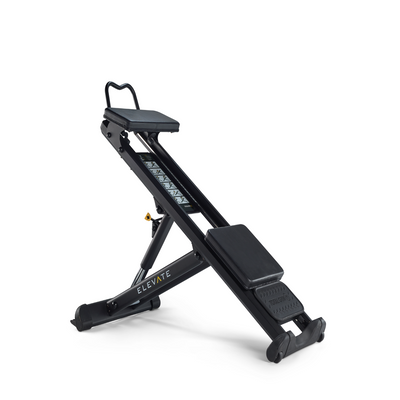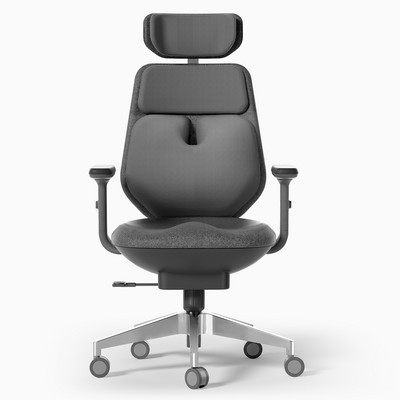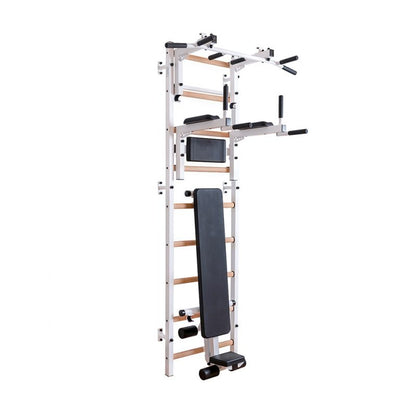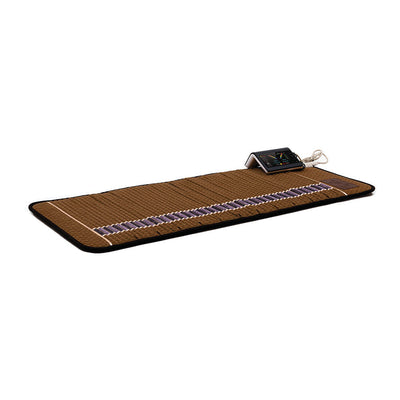
Pilates and Rehabilitation: The Road to Holistic Recovery
Pilates, initially pioneered by Joseph Pilates as a rehabilitation tool, has firmly cemented its reputation as a transformative fitness modality. Beyond its celebrated toning and strengthening benefits, Pilates has proven invaluable in the realm of rehabilitation. Let's delve into the multifaceted ways Pilates champions recovery.
1. Core Stabilization
A fortified core is the linchpin of a resilient body, and Pilates excels here.
Key Benefits:
- Spinal Support: Core strengthening alleviates undue pressure on the spine, pivotal for back injury recovery.
- Improved Posture: A robust core promotes upright posture, minimizing musculoskeletal imbalances.
2. Enhanced Flexibility
Pilates exercises emphasize controlled, elongated movements, fostering flexibility.
Key Benefits:
- Reduced Strain: Greater flexibility minimizes the risk of muscle tears and related injuries.
- Joint Health: The emphasis on elongation aids in joint decompression and overall joint health.
3. Customizable Workouts
Pilates routines can be tailored, making them ideal for diverse rehabilitation needs.
Key Benefits:
- Varied Intensity: From mat exercises to advanced Reformer workouts, one can set their pace.
- Specific Targeting: Injuries in specific areas, like the hip or shoulder, can be addressed with dedicated exercises.
4. Mind-Body Connection
Pilates isn't merely physical—it's a harmonization of mind and body.
Key Benefits:
- Awareness: Practitioners become attuned to their bodies, helping in early injury detection.
- Stress Reduction: The meditative aspect of Pilates aids in reducing recovery-hindering stress.
5. Balanced Muscle Development
Traditional workouts might overemphasize certain muscle groups. Pilates ensures holistic development.
Key Benefits:
- Reduced Imbalances: Balanced muscle development prevents undue strain on any specific muscle group.
- Functional Strength: Everyday tasks become easier, reducing reinjury risks.
6. Improved Proprioception
Pilates enhances one's understanding of their body's position in space—a skill called proprioception.
Key Benefits:
- Injury Prevention: Better proprioception reduces the chances of accidental falls or missteps.
- Enhanced Coordination: Improved body awareness leads to smoother, coordinated movements.
7. Breath Control
Joseph Pilates once said, "Breathing is the first act of life." His regimen deeply incorporates this philosophy.
Key Benefits:
- Optimized Oxygen Flow: Enhanced breathing techniques ensure muscles receive adequate oxygen, aiding repair.
- Relaxed Nervous System: Conscious breathing calms the nervous system, supporting the healing process.
Conclusion
Pilates, with its intricate blend of strength, flexibility, and mindfulness, emerges as a powerhouse for rehabilitation. Whether one is recuperating from an injury, surgery, or looking for preventive measures, Pilates offers a comprehensive solution. With its roots in rehabilitation, it's no wonder that this age-old regimen continues to be a beacon of hope and recovery for countless individuals worldwide.
« Back to Pilates Blog









